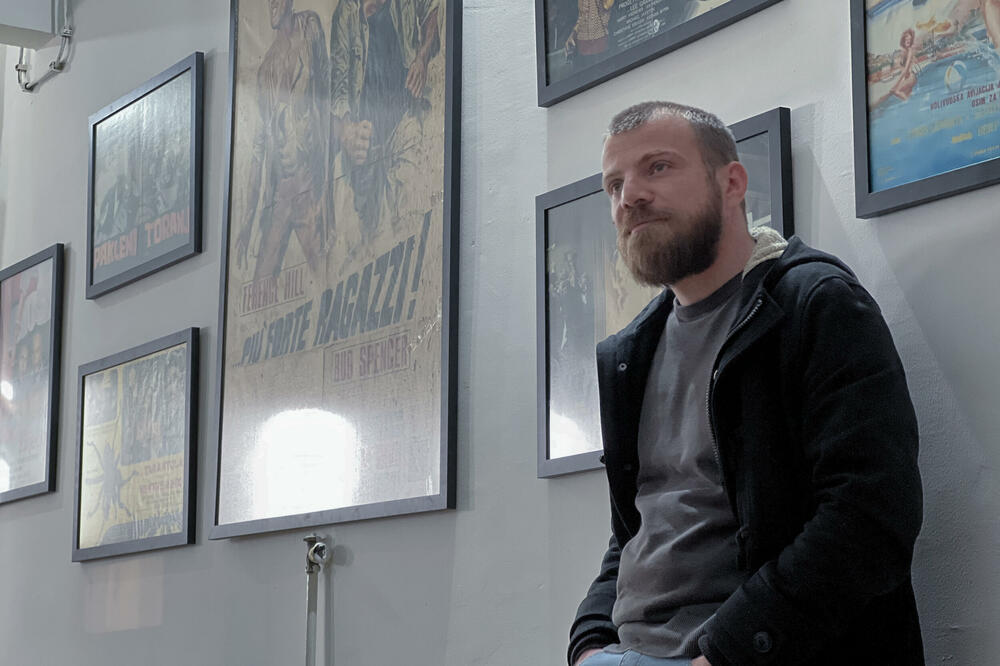European films, short films, feature films, documentaries, Hollywood films, animated films... are shown every week on the screen of the Bar cinema in the House of Culture, so the film has returned to the city.
Sometimes one spectator, sometimes waiting in line for a ticket. The show on the screen is not canceled as long as there is at least one film lover who came to experience it in the cinema hall.
The Bar cinema was opened in December 2021, and since then a lot of money has been invested in equipment, theater reconstruction, new seats and heating. He told "Vijesti" about how the cinema started working again Milia Scepanovic, program editor of the cinema in Bar, head of the Cultural Center and director.
Today, as Šćepanović explains, the cinema in Bar has modern digitized equipment for showing the latest films. Digitization of the cinema implies the installation of the most modern cinema equipment, sound system and professional projection screen. Šćepanović claims that the technology they have is currently the best in Montenegro, and the film screen is the largest in the country and one of the largest in the region.
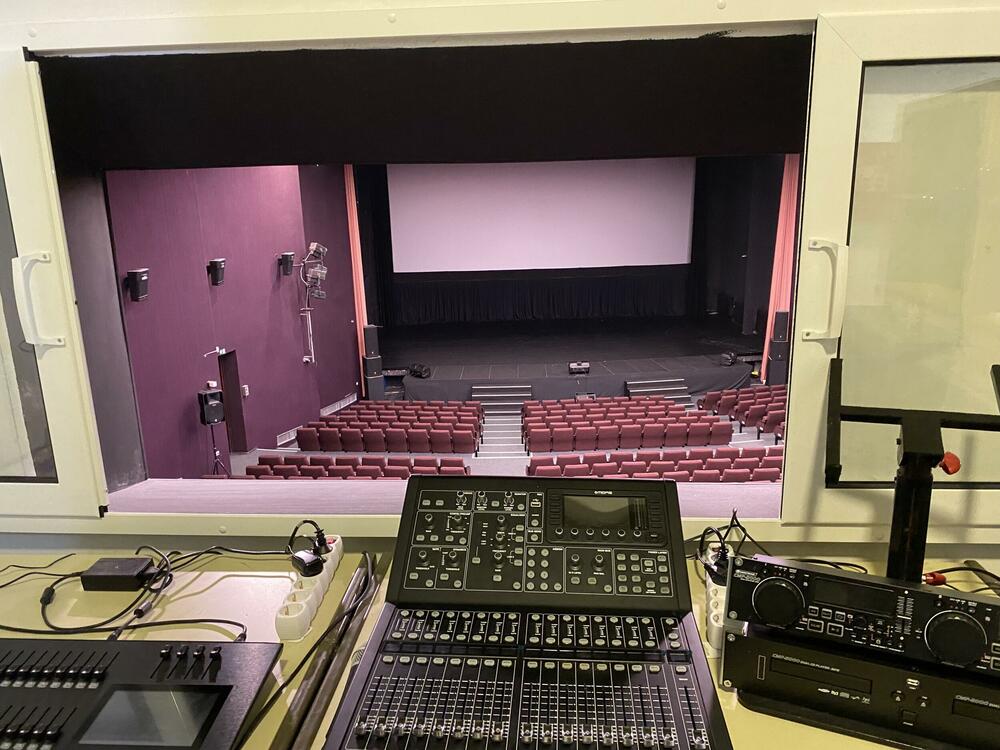
The cinema in Bar is the only one on the map of Southeast Europe, besides the Yugoslav Cinematheque in Belgrade, which has the possibility of analog film projections. Therefore, the cinema cabin of the cinema in Bar is currently the most equipped in the region.
Analogue projections bring culture, education and a special atmosphere to the cinema.
"It's like listening to music from a record," says Šćepanović.
He points out that the unification and cooperation of four parties was necessary in order to get to where they are today - the Bar Cultural Center, the Ministry of Culture, the Municipality of Bar and the Film Center. Together, more than half a million euros were invested in the bar cinema.
The cinema has 538 seats, which is the largest capacity in Montenegro.
Sćepanović says that he is often told how "poor attendance" was, and then he explains that even a half-empty hall is a great success, because the average commercial movie theater has about 120 seats.
From the projection point to the screen is 45 meters.
"All the halls in the 'Cineplex', when combined, have less space than the bar hall," points out Šćepanović.
Gaining an audience - the biggest challenge
After big investments, came the biggest challenge - to win the audience. Šćepanović says that the audience is very difficult to win and very easy to lose. The story goes that the "bad reputation" that the Cultural Center had got back to them, so Barani thought that the hall was still cold, that it was leaking, that the old ethison had an unpleasant smell...
"I was talking to them, in the pub, on the street, through the neighborhood, persuading them to come, to see, convincing them that it was warm. Many people listened to me and now they have become real fans of the film and regularly come to the screenings", he says, adding that it was not easy to modernize the space of the building, which was built in 1976.
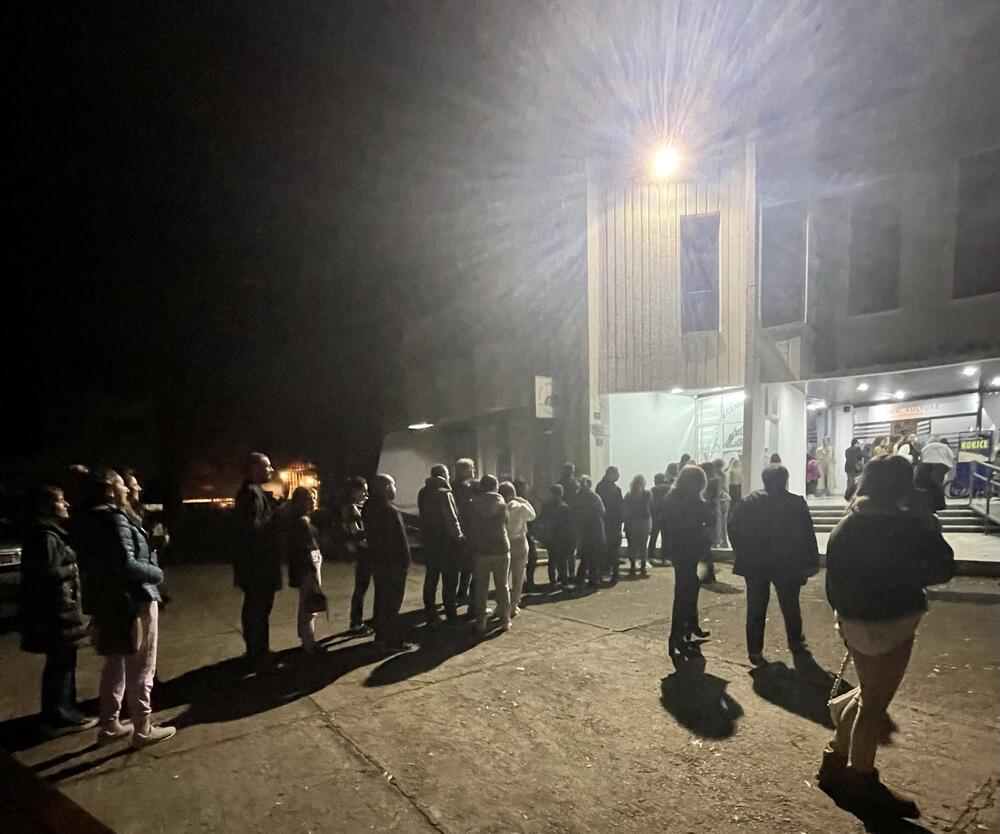
His experience at the beginning showed that the bar audience is not eager for cinema. At first, he wondered where some people he knew were big fans of the film were, but as time went on, and they worked on official and unofficial promotion, the seats in the hall were filled.
There are numerous, he says, reservations from Budva, since the commercial cinema was closed there. Then from Ulcinj, Kotor, Podgorica...
Art before capital
Bar cinema cooperates with numerous partners. From European organizations, state and regional productions, through embassies, all the way to elementary schools and kindergartens.
As Sćepanović says, they are especially proud of the free screenings of European films that educate the audience in the field of cinematography. These are, as he says, films that most people will not watch at home, but if they come to one European film that they like, they will come to every next one.
"The cinema in Bar has given birth to many such European film buffs. They come with doubts, they don't watch a movie in Swedish, Hungarian or Bulgarian, but when they break that ice, I see them at every or every other new screening," he notes.
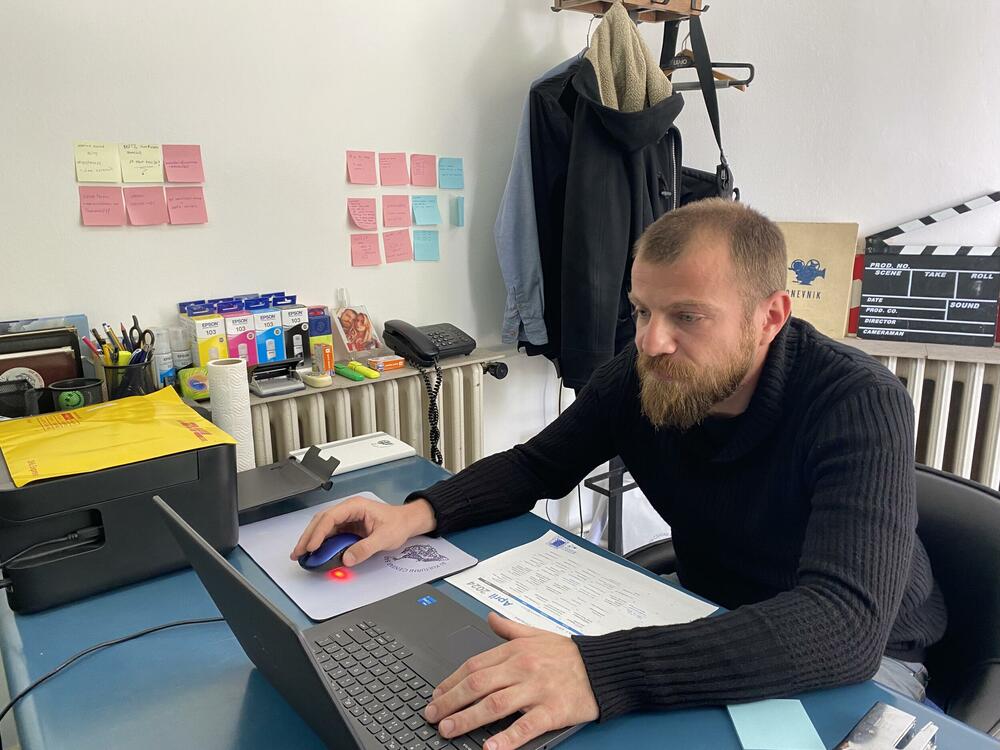
At the first screening of the European film, he recalls, there were two spectators. Today there are about 20 of them, which they consider a success. As he says, many acquaintances criticize him for showing non-commercial films. He replies that it is the charm, and to some extent the duty of the state cinema, to educate and expand horizons.
This comes with a price, as showing a film requires electricity, staff, heating and other resources that are not financially viable. However, Šćepanović believes that this price is small for the mission they are on - replacing film with capital.
In the cinema in Bar, they organize cycles of European films in cooperation with the embassies of Sweden, Ukraine, and Greece, and soon they will realize cooperation with the Embassy of Mexico. As part of that, a film week is organized in which different genres of films from those countries are shown.
The report from Bar goes to Europe
In addition, they have been cooperating with the European Film Academy for two years and thus participate in the "Young audience award" program, namely in the awarding of the young audience award chosen by high school students for the best film for young people.
As the most important partners and friends in the work, Sćepanović singles out the Film Center of Montenegro and the Cinematheque of Montenegro, with whom they work on numerous projects. He is especially fond of the Montenegrin Cinematheque, which stores 35mm films and lends them to the cinema, thus enabling the bar audience to be a part of the special world of film art.
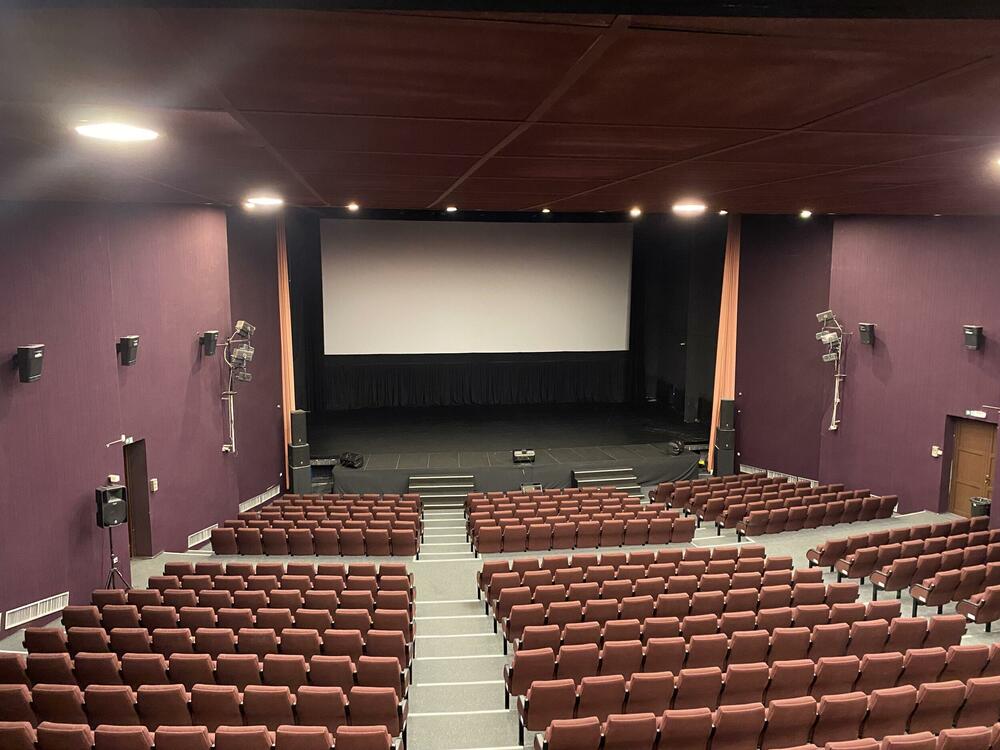
The cinema in Bar is also a member of "Europa Cinemas", that is, the network of cinemas in Europe. That network, as Sćepanović explains, has high standards for membership, which they meet by having modern technology. That membership means to them because of the grants they have the opportunity to receive. With these funds, they are able to buy copyrights for numerous European films and organize free screenings, all with the aim of expanding culture and film art.
"Europa Cimemas is also our, so to speak, window to Europe. We regularly send them reports on projections that they later put into their reports, publications and magazines. The only information about the screening of the film in Montenegro, which goes to Europe, is from Bar," he says.
In addition, they have the opportunity to participate in trainings, workshops and seminars that help them to do their work professionally and stay up to date with modern criteria.
This membership enabled Šćepanović to visit and be a guest at numerous European festivals and, as he points out, bring the best practices and ways of working back to Bar.
He also says that they are approached by numerous independent productions, so new partnerships are constantly created in this way.
Several national premieres were organized in the cinema in Bar, and Šćepanović singles out the film "Heavens", Srđan Dragojević, and “Four Roses”, Vasilija Nikitović.
Kids and cartoonists
The most frequent visitors to the cinema, he noted, are the youngest fellow citizens. Weekend screenings of animated and cartoon films are almost always a great visit. This trend is also confirmed by the numerous invitations sent to them by kindergartens and elementary schools in Bar, wishing to bring their children to the cinema.
For them, points out Šćepanović, they are very happy to give discounts and carefully choose their repertoire. Animated films are at the top of the list of the most visited screenings.
"Kids often celebrate their birthday here. "Parents call me, they say it's their child's birthday, they want to bring about 20 friends to the movie, they ask for a discount, and we're happy to meet them," he says.
Among teenagers, he concludes, horror movies and Hollywood blockbusters are the most popular.
Cinema under the stars and seven days of screenings
The cinema in Bar has two screenings a day from Wednesday to Friday, and three on weekends. Their goal, as Šćepanović emphasizes, is to have the cinema open throughout the week in the coming years and to increase the number of screenings.
They have already started to realize the second goal, which is an open-air cinema. Dom kulture Bar also has an open, summer stage, which is currently being renovated, and work is also being done on digitalization.
The adaptation will probably not be finished until this season, but Šćepanović says that he hopes that next summer the bar audience will be watching the movies under the stars.
"It will be the first open cinema in Montenegro, and it will work from June 1 to October 1," he concludes.
The indoor stage of the Bar cinema does not yet have air conditioning. To introduce it, large investments are needed, so it is closed during the summer months. Instead of air conditioning, they decided to digitize the open scene, which Šćepanović believes will bring them to the position of the most serious cinema in the region.
Bonus video:



